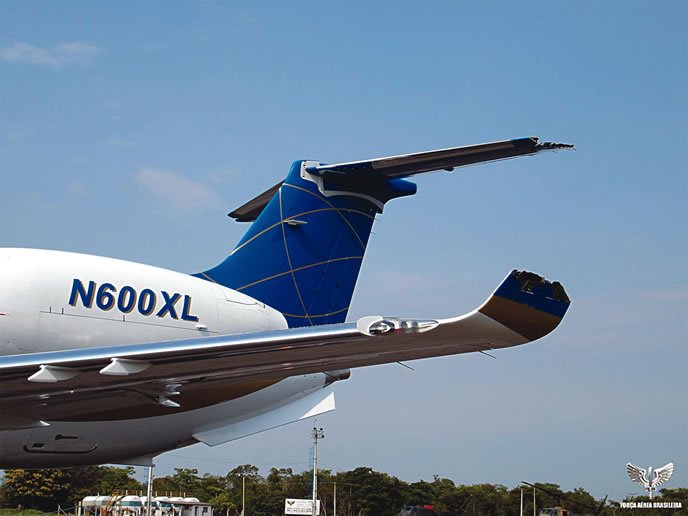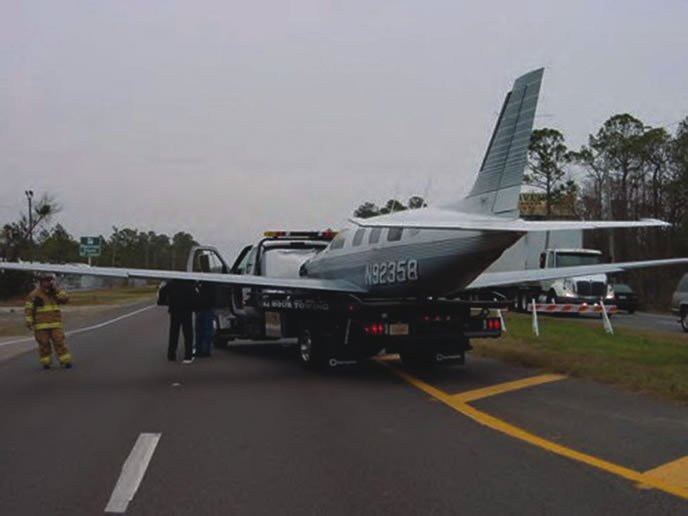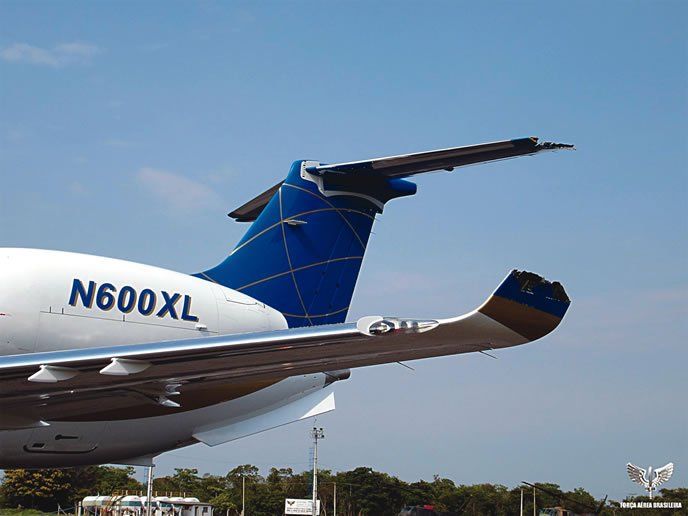If what just happened meets certain NTSB definitions, they’ll want immediate notification. And even if your event wasn’t an accident, they still may request you submit a report by completing NTSB Form 6120.1, Pilot/Operator Aircraft Accident/Incident Report. It’s always a good idea to consult with counsel before filing any such form, and you have up to 10 days. But there’s a good chance what happened doesn’t require notification. How can you tell? The NTSB rules do a pretty good job of laying it out.

Substantial Damage
Sometimes it helps to define something by stating what it isn’t. So it is with “substantial damage.” The NTSB’s rules say, at 49 CFR 830.2: “Engine failure or damage limited to an engine if only one engine fails or is damaged, bent fairings or cowling, dented skin, small punctured holes in the skin or fabric, ground damage to rotor or propeller blades, and damage to landing gear, wheels, tires, flaps, engine accessories, brakes, or wingtips are not considered ‘substantial damage.'”
Serious Injury
If the event becomes an accident under NTSB rules, it can take up to nine days for that to become apparent. That’s because of the way the NTSB defines, in part, “serious injury.” The NTSB says an accident has occurred if a person involved in it “requires hospitalization for more than 48 hours, commencing within 7 days from the date of the injury was received.” Even if you spend the night in a hospital for observation, what happened may not be an accident.

Serious Incidents
The NTSB wants to be notified of any serious incidents. They may later request a report on Form 6120.1, but requires notification of various events that may not involve aircraft damage or personnel injury. They include flight control system malfunction or failure, or any crewmember’s inability to perform “normal flight duties as a result of injury or illness.” Any uncontained engine failure, in-flight fire, propeller-blade failure, major rotor-blade damage, mid-air collision, or unrelated property damage exceeding $25,000. Add in “complete loss of information, excluding flickering, from more than 50 percent” of an aircraft’s glass panel.
Large multi-engine aircraft (greater than 12,500 lbs MGTW)
If you’re flying something requiring a type certificate because of its weight, and there’s a sustained electrical or hydraulic system failure affecting the flight control system, the NTSB wants to be notified. Two other events make the serious incident list: sustained power loss by two or more engines and using an emergency egress system during an evacuation.




